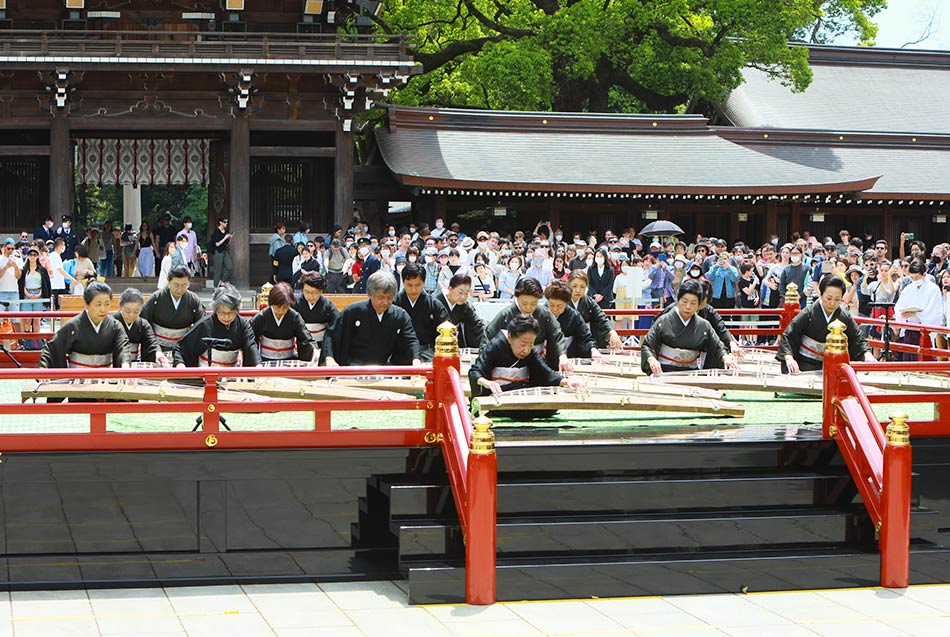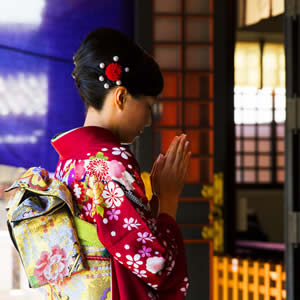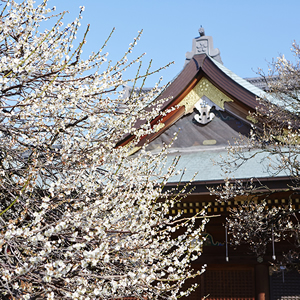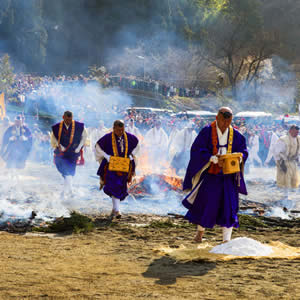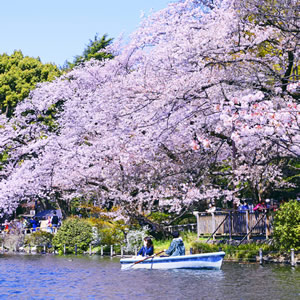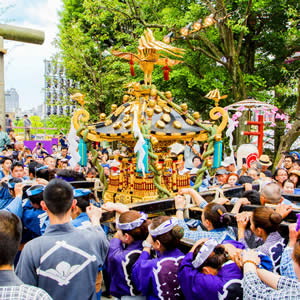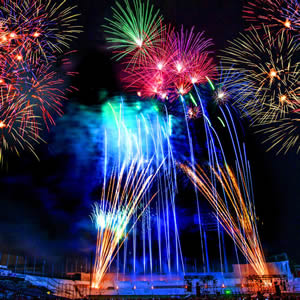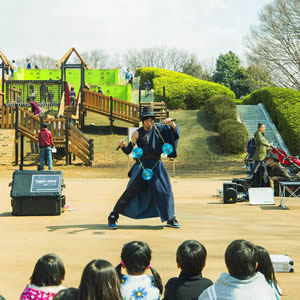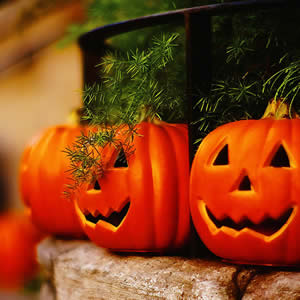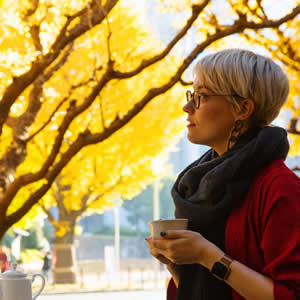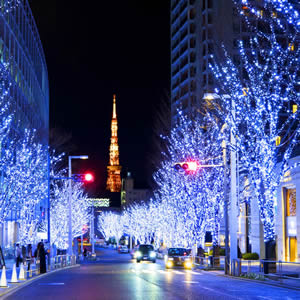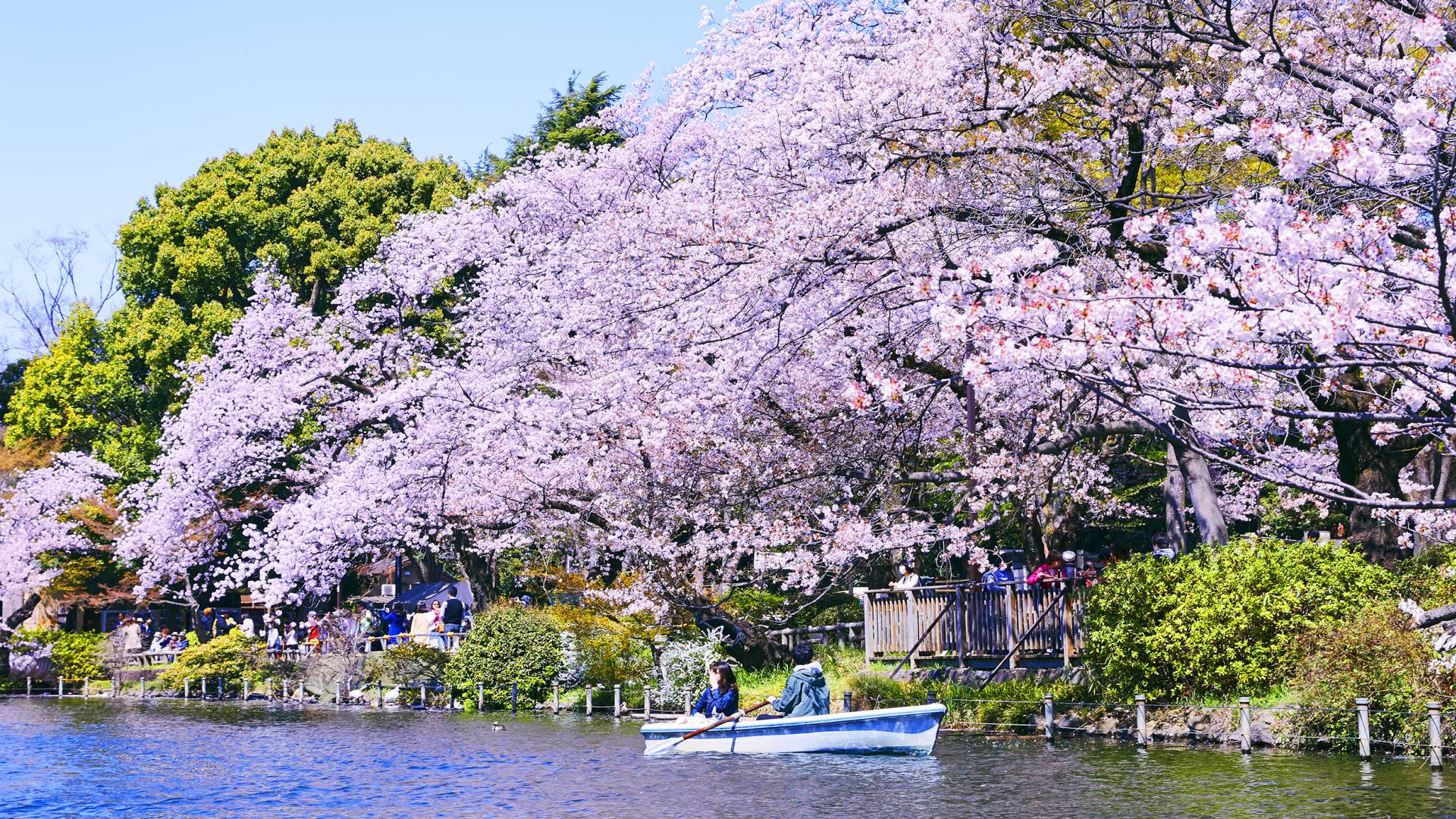
- Share this page
Share this page
- EN
Select Language
- FAVORITES
- Search
Detailed search: You can do a detailed search by keyword, genre, time, area and tag.
Main content starts here.
- Visit Tokyo |
- CALENDAR |
- Best Things to Do and See in Tokyo in April
Updated: October 17, 2025
Best Things to Do and See in Tokyo in April
Is April a good time to visit Tokyo?
April is one of the best times to visit Tokyo. Cherry blossoms and other flowers beautifully color the city, festivals celebrate the glorious coming of spring, and many events offer a chance to experience Japanese culture. Take a moment to feel Tokyo's pleasant spring breeze and create memories that will last a lifetime.
What is the weather like in Tokyo in April?
The average temperature is around 17.1°C (62.8°F), with a high of 21.8°C (71.2°F) and a low of 13.1°C (55.6°F). The days are warm and mild: perfect weather for taking a walk or engaging in other outdoor activities. April may have some windy days, so it's good to carry scarves and a parka with you.
Note: This guidance is based on meteorological data for 2024.
Best events, festivals, and other things to do in April
Cherry Blossom Festival
Cherry blossoms are a top highlight of Tokyo in early April. Hugely popular events include Ueno Park's Ueno Sakura Matsuri, the Sumida Park Sakura Festival, and the Chiyoda Cherry Blossom Festival which takes place along the Chidorigafuchi walkway to the west of the Imperial Palace. Petals dance in the air as they fall like snow, and float on the surface of rivers, creating quintessential spring scenes.
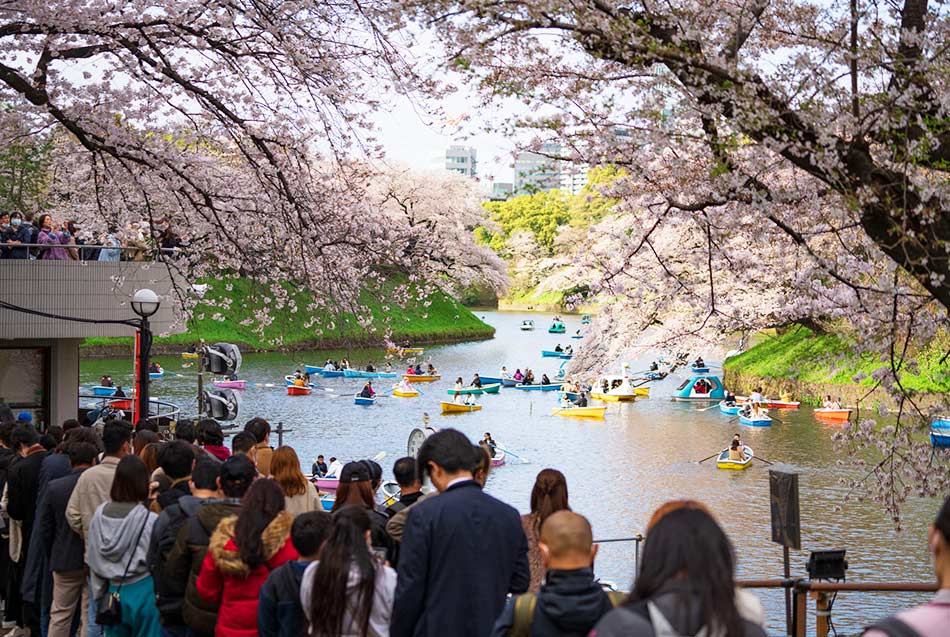
Photo courtesy of Chiyoda City Tourism Association
Tsutsuji Matsuri (Bunkyo Azalea Festival)
Nezu-jinja Shrine is said to date back 1,900 years. Its 300-year-old azalea garden, which covers 6,600 square meters, features about 3,000 azalea plants in 100 varieties. Rare examples include fuji-tsutsuji (tiny flowers), hanaguruma (pinwheel-like flowers), and karafune ("black" azaleas). You can enjoy a plant fair, an antique fair, and many outdoor stalls at the shrine's Bunkyo Azalea Festival.
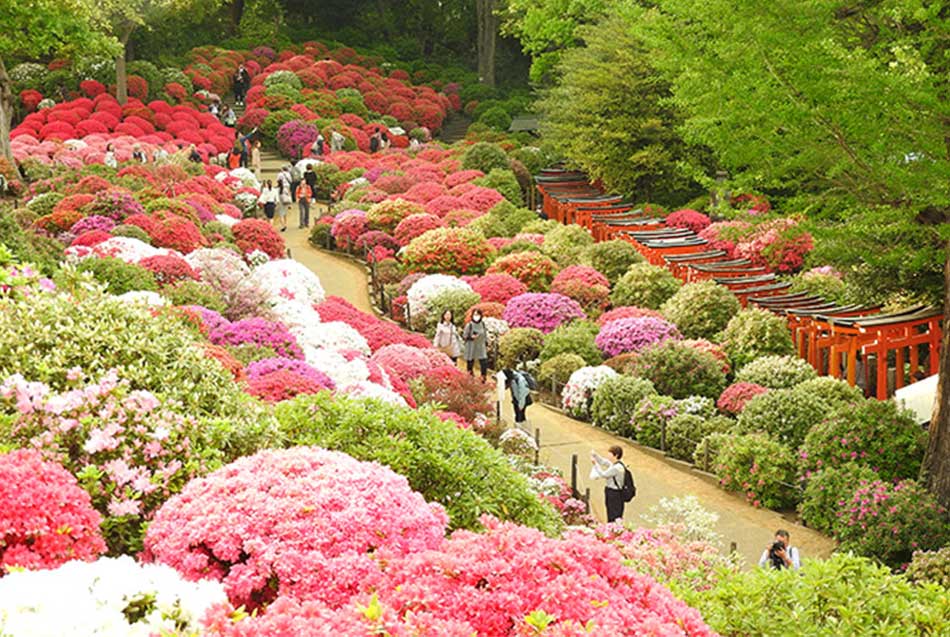
Kameido Tenjin Shrine Wisteria Festival
Many people think of Kameido Tenjin Shrine as the best place to view wisteria in the whole of Tokyo. The wisteria begins to bloom in early to mid-April, while the shrine's wisteria festival runs throughout April. Beautiful lavender-colored flowers swaying in the spring breeze make for great memories.
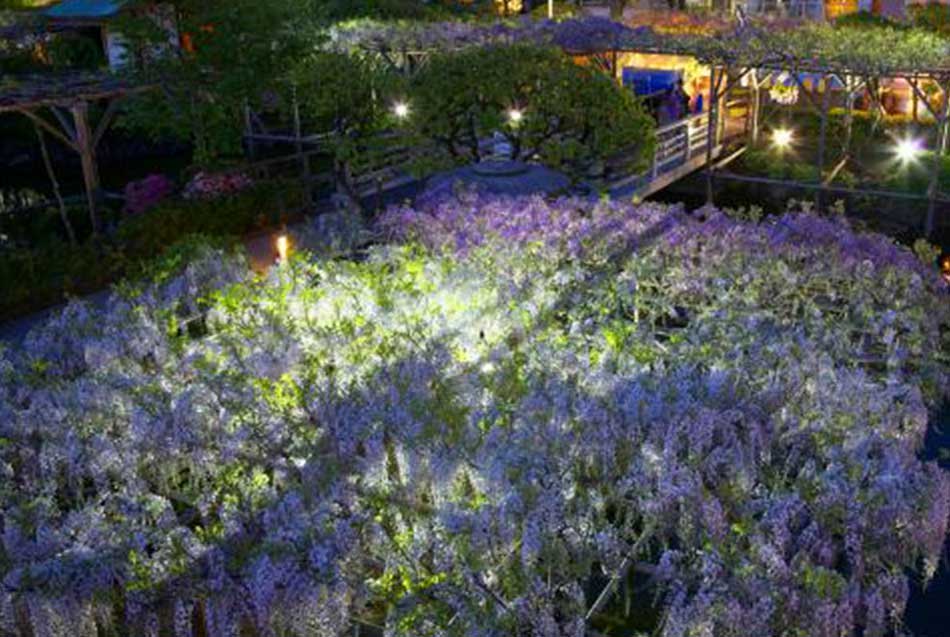
Japan Hobby Show
Japan Hobby Show is an annual showcase of world-class handmade objects that is held at Tokyo Big Sight in April. Craft-loving hobbyists can browse a wide range of materials and tools for sewing, knitting, and more. Many creators display and sell their work at the show, so it's the perfect place to pick up a one-of-a-kind item. Visitors can also choose from over 100 hands-on workshops.
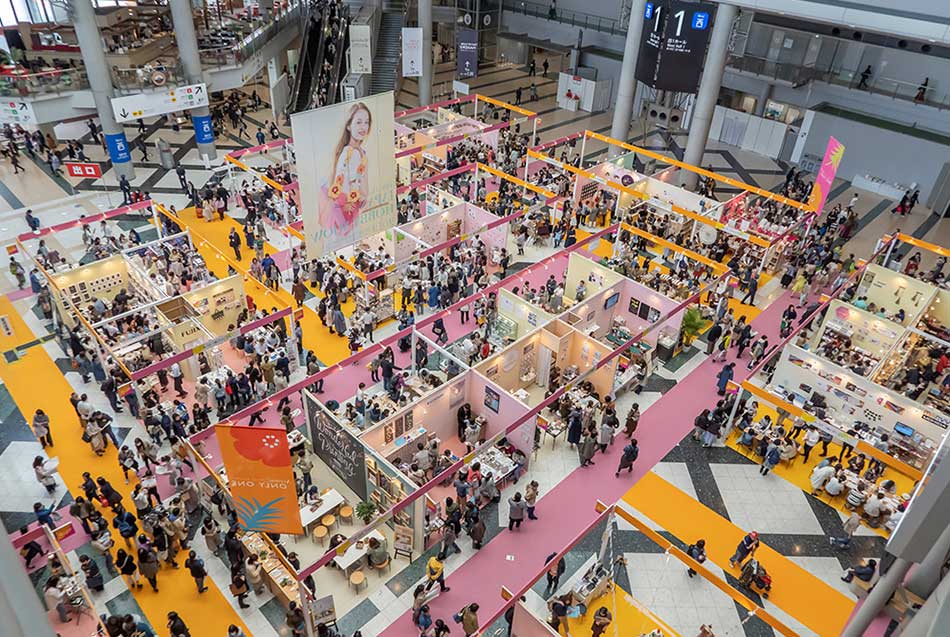
Asakusa Yabusame (Horseback archery)
Asakusa Yabusame is a traditional event that takes place in Sumida Park. It's a great opportunity to see an exciting ancient tradition in action. Archers on horseback, dressed in traditional hunting attire, strike a series of targets with arrows as they gallop past.
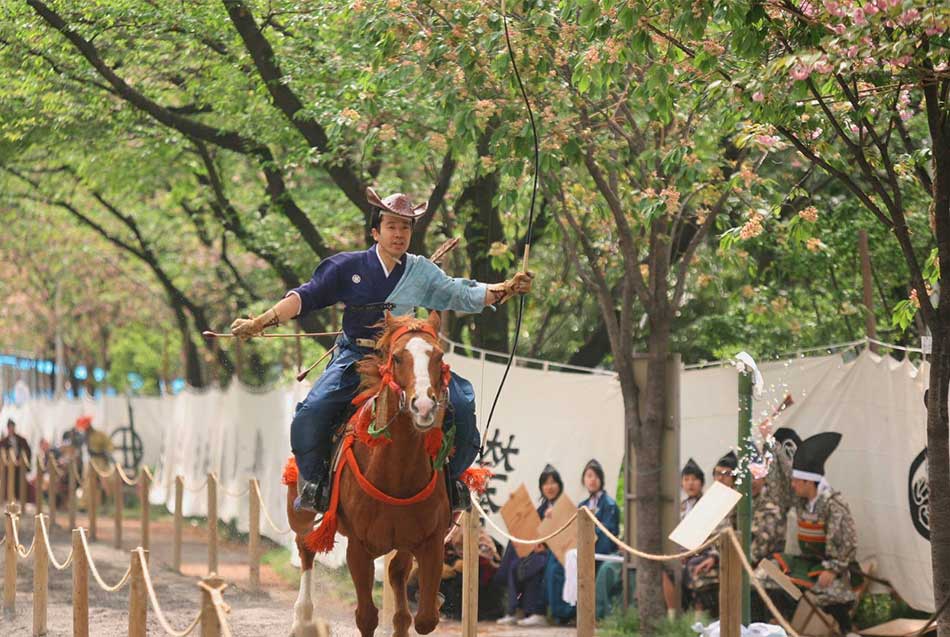
Mt. Takao Annual Spring Festival
Mt. Takao is one of Tokyo's most popular natural retreats. Its annual spring festival is held at Takao-san Yakuo-in, a Buddhist temple located halfway up the mountain. You can see a goma fire ritual and a parade of children in fancy dress.
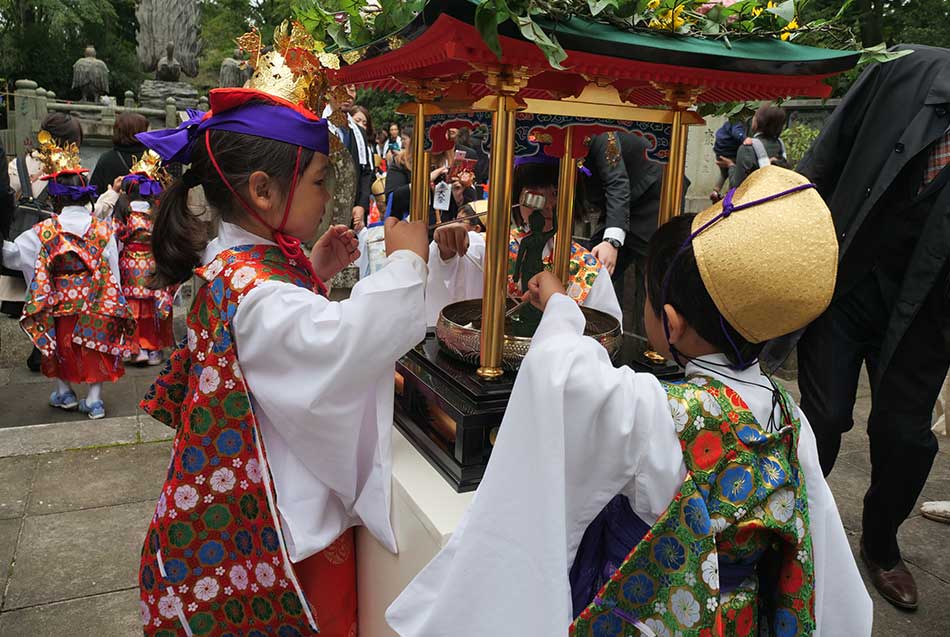
Daidai Kagura Ritual
Daidai Kagura, a designated Intangible Cultural Property of Tokyo, is a traditional ritual performed at Shinagawa-jinja Shrine. It is said to have originated with an offering made by military leader Tokugawa Ieyasu in the year 1600. At that time, he came to pray for victory at the crucial Battle of Sekigahara. Four performances of Daidai Kagura are held each year, in conjunction with various festivals. Six dance numbers are presented during Shinagawa-jinja Shrine's Spring Festival in April—that's the highest number of these dances performed in a single festival.
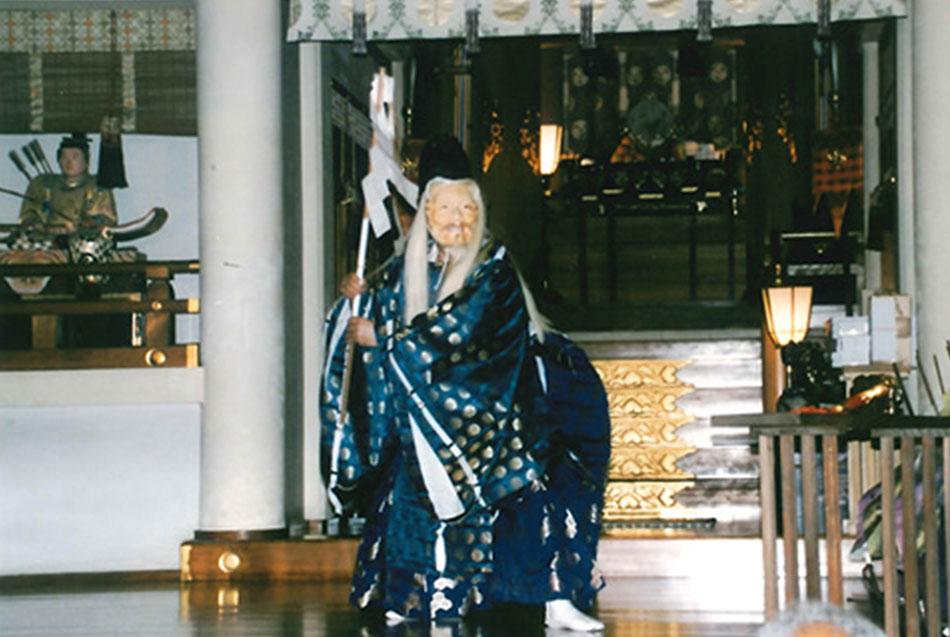
Meiji Jingu Shrine Spring Grand Festival
Meiji Jingu Shrine, in Harajuku, honors the spirits of Emperor Meiji and Empress Shoken, who oversaw the modernization of Japan in the 19th century. Its annual Spring Grand Festival, held in late April or early May, features various traditional performances. Bugaku (a type of dance first performed at the ancient imperial court), noh and kyogen theater, and sankyoku chamber music, and more, are performed by Japan's top artists in their fields.
